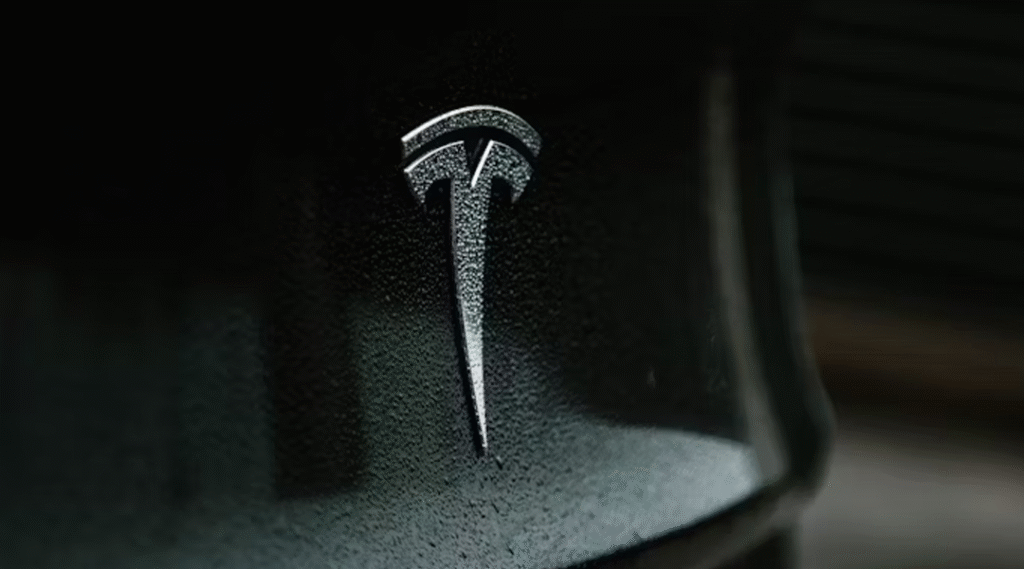Elon Musk’s vision for Tesla has evolved far beyond electric cars. Originally positioned as a disruptive EV manufacturer, Tesla has grown into a vertically integrated technology and energy platform that touches transportation, energy storage, AI, robotics, and automation. This article explores Tesla’s multi-sector strategy, backed by performance data, financial metrics, and innovation timelines that reveal how Musk is building more than just a car company.
1. Reinventing Car Manufacturing Through Vertical Integration
At its core, Tesla remains a car company—producing over 1.8 million vehicles in 2024, with strong global demand for its Model Y and Model 3. However, Tesla’s approach to manufacturing is what sets it apart.
By implementing innovations such as gigacasting (large-scale die-casting for vehicle underbodies), Tesla has dramatically reduced parts complexity and assembly time. The company’s 4680 battery cell design, paired with structural battery packs, lowers weight while improving range.
According to company data, this vertical integration has resulted in gross margins of over 20%, even during industry downturns—well above the auto industry average of 10–13%. This margin is reinvested into R&D, rather than paid as dividends, fueling Tesla’s other business units.
2. Energy and Storage: Building a Distributed Utility
Tesla Energy is growing fast—often faster than its automotive business. In 2024, Tesla deployed more than 30 GWh of energy storage, including Megapacks for utility-scale power and Powerwalls for residential backup systems.
Tesla’s energy division generated over $10 billion in revenue in 2024, up more than 60% year-over-year. Megapacks are now being used by utility companies in California, Texas, and Australia to replace gas peaker plants. These large batteries charge during low-demand periods and discharge during peak hours, creating a more stable grid.
Musk’s goal is to make Tesla a global decentralized utility, where homes, businesses, and cities produce and store their own energy. This system complements Tesla’s electric vehicles by enabling clean, renewable charging infrastructure.
3. AI and Full Self-Driving (FSD): Software as a Service
Tesla’s Full Self-Driving software is central to its long-term strategy. With over 4 million cars on the road generating driving data, Tesla has a major advantage in real-world machine learning. In 2023, the company began rolling out FSD V12, trained entirely using AI models without human-coded rules.
Although the current adoption rate is relatively low—only around 2% of drivers subscribe to the $99/month plan—analysts project massive upside. If just 10% of the Tesla fleet adopts FSD, the company could generate more than $4 billion annually in recurring, high-margin software revenue.
Tesla’s in-house supercomputer, Dojo, is designed to process massive video datasets and train neural networks faster and more efficiently. This AI infrastructure also underpins Tesla’s robotics development.
4. Robotics and Automation: The Optimus Project
Musk’s Optimus humanoid robot may still be in its early stages, but it represents another pillar of Tesla’s broader vision. Demonstrations in 2024 and 2025 showed Optimus folding clothes, sorting objects, and navigating factory environments.
By leveraging the same AI stack used in FSD, Tesla is aiming to deploy these robots in its own factories by 2026. If successful, Optimus could reduce labor costs and increase productivity across manufacturing sectors. The long-term commercial potential of general-purpose robotics is enormous, with estimates suggesting a multi-trillion-dollar market by 2035.
5. Financial Strategy: Growth, Not Dividends
Tesla reinvests aggressively. In 2024, Tesla spent approximately $5 billion on R&D, accounting for nearly 5% of its annual revenue—well above the automotive industry average. This high R&D intensity reflects Musk’s commitment to innovation across all verticals.
Rather than paying dividends or buying back shares, Tesla channels profits into new gigafactories (Mexico, India), Dojo expansions, energy storage capacity, and next-generation vehicle platforms—including the long-awaited $25,000 compact EV.
6. Tesla’s Strategic Ecosystem: A Unified Flywheel
Each of Tesla’s business units feeds into the next:
| Division | 2024 Highlights | Strategic Role |
| Vehicles | 1.8M units delivered | Data collection & hardware platform |
| Energy | 30+ GWh deployed | Decentralized grid support |
| FSD & Dojo | AI-first autonomy | Software & data monetization |
| Optimus | Early factory deployment | Cost reduction via automation |
| R&D | $5B investment | Innovation engine |
Musk’s strategy isn’t to build isolated businesses—it’s to build a vertically integrated system where cars, energy, software, and robotics support and accelerate one another.
7. Risks and Challenges
- Regulatory Pressure: FSD faces ongoing scrutiny in the U.S. and EU.
- EV Market Saturation: As competitors scale up, Tesla faces pricing pressure.
- Capital Demands: Energy and robotics projects are capital-intensive, requiring long-term investment.
Despite these challenges, Tesla’s integrated model and multi-vertical expansion offer a competitive moat that few companies can match.
Not Just to Sell More Cars
Elon Musk’s vision for Tesla is bold: not just to sell more cars, but to reshape the global energy, mobility, and AI landscapes. Tesla is positioning itself as a tech-energy hybrid, using vehicles as a gateway into a connected future of clean energy, autonomous systems, and intelligent machines.
For stakeholders in energy, infrastructure, and AI, understanding Tesla’s strategic flywheel is critical—not just to follow the company’s growth, but to anticipate how entire industries may shift in the next decade.
Here are the articles about Tesla that you may interest:
“Smart Car IoT: Unpacking Its Origins, Impact, and Future Trajectory”
“Is Tesla’s Self-Driving Technology Reliable? A Comprehensive Analysis“
“Why Tesla Embraced Pure Vision for Self‑Driving Supremacy”
“Humanoid Robotics Face-Off: Assessing Tesla Optimus and Its Top Competitors”
As for in-depth insight articles about AI tech, please visit our AI Tech Category here.
As for in-depth insight articles about Auto Tech, please visit our Auto Tech Category here.
As for in-depth insight articles about Smart IoT, please visit our Smart IoT Category here.
As for in-depth insight articles about Energy, please visit our Energy Category here.
If you want to save time for high-quality reading, please visit our Editors’ Pick here.



